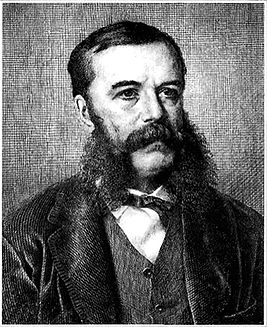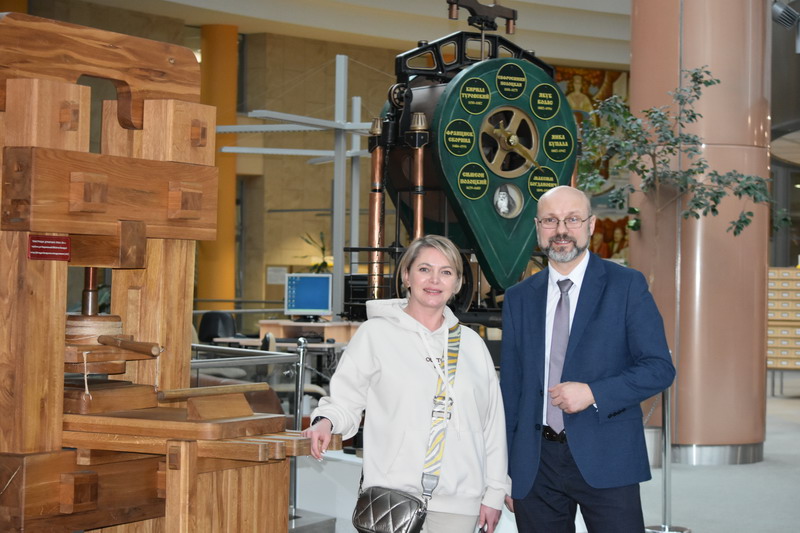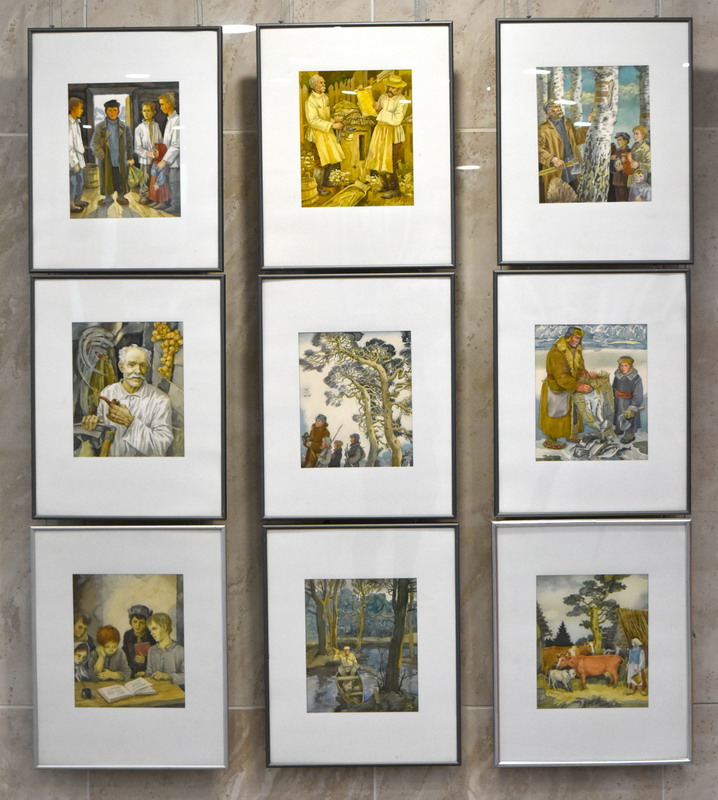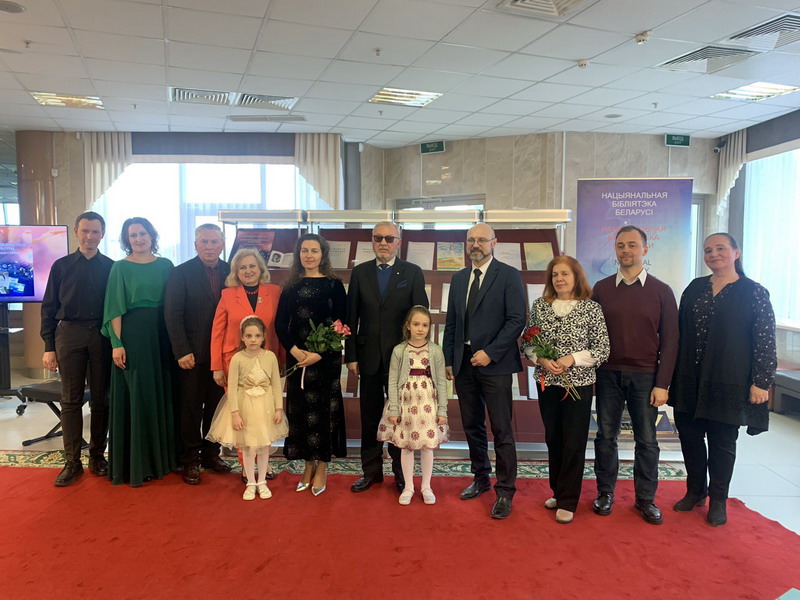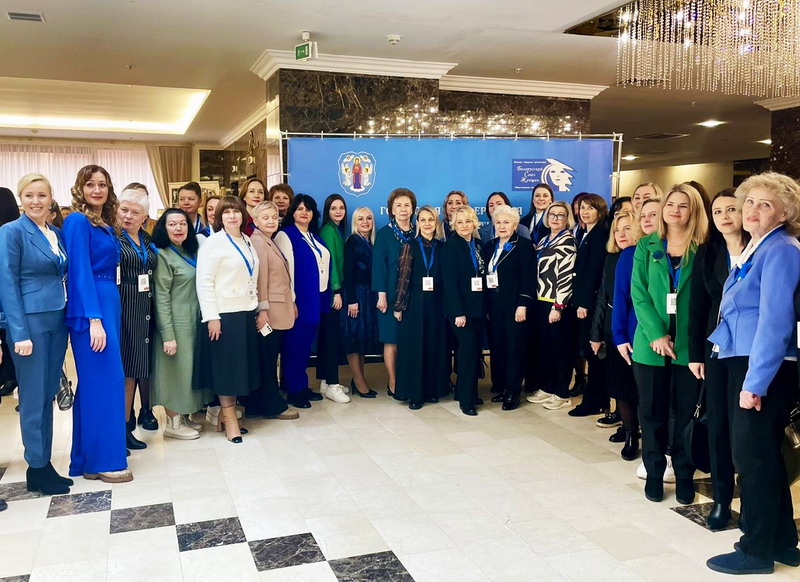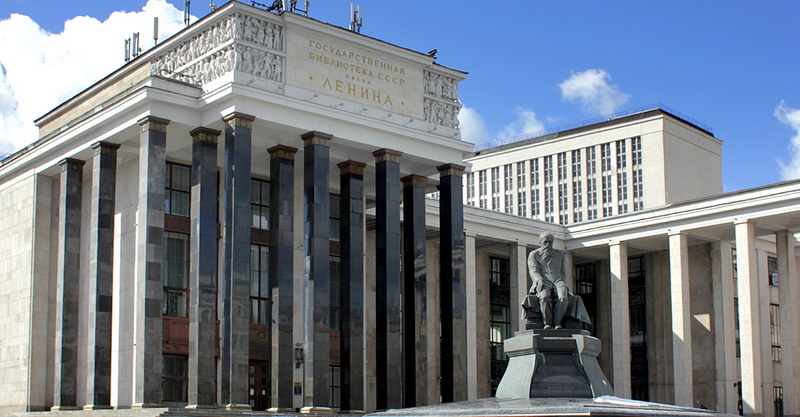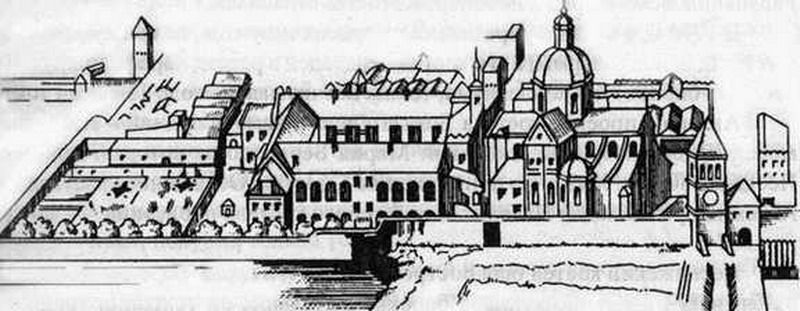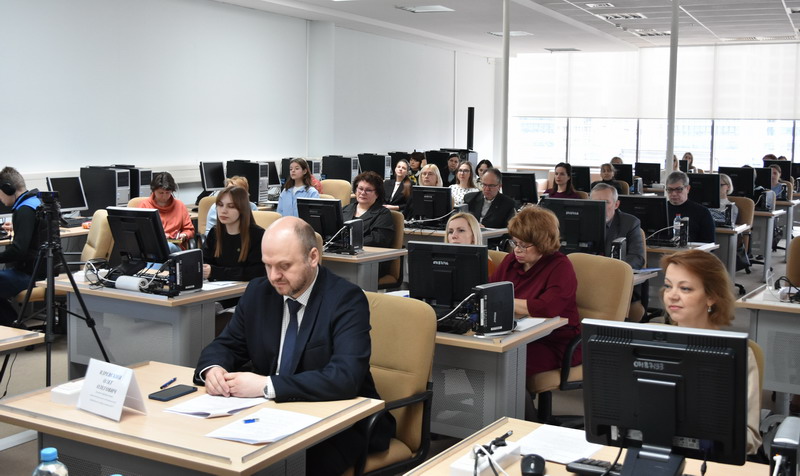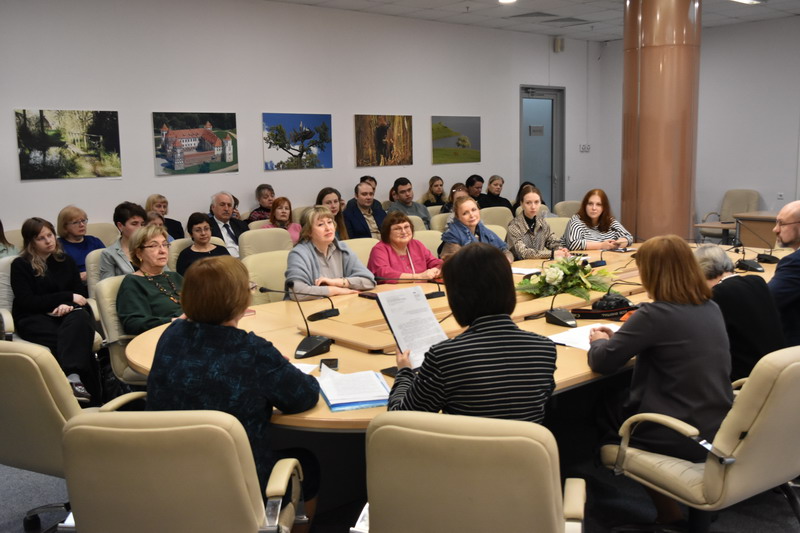Today, November 17th, is the 190th anniversary of Emeryk Czapski, a public figure, collector and numismatist.
Emeryk Czapski (1828–1896 or 1897) is one of the well-known figures in Belarusian history, who did much to popularize the culture and art of Belarus, Poland and Russia. All that he had collected and published became national property.
Emeryk came from a noble family of Czapski. Born in the town of Stankovo, Minsk district, Minsk province (now Dzerzhinsky district, Minsk region), he graduated from Vilna gymnasium and the natural history department of Moscow University with a degree of candidate of sciences.
During his studies, he started gathering antiquities. In 1851, he became a full member of the Russian Archaeological Society. However, his main occupation was public service. He started his career in the Ministry of Internal Affairs of the Russian Empire and traveled around the country with the inspections, combining duties with the search and acquisition of rarities. His growing collection of antiquities (old books, coins, weapons, icons) was stored in his apartment in St. Petersburg and in Stankovo.
In 1854, Emeryk Czapski got married. His wife was Elżbieta Meendorf, the daughter of the famous scholar, traveler, writer, Colonel Staff of the Embassy of the Russian Empire in Bukhara, Baron Meendorf. This marriage gave him access to the highest spheres of the Russian aristocracy, including the royal family.
In 1863, Emeryk was appointed vice-governor of Novgorod. During this period he was already known as a numismatist and archaeologist. After some time the Czapski family moved to St. Petersburg. In 1865, he became vice-governor of the Russian capital. His fascination with antiquity suddenly brought real benefits. Thanks to the documents, which he and his wife found, Emeryk Czapski was able to prove their descent from Count Czapski branch, who used to write their names as Hutten. Becoming a count got him new opportunities for elevation through the ranks. From 1875 to 1879, he led the Forest Department of the Ministry of State Property. This appointment coincided with the beginning of reconstruction of his estate in Stankovo. Duty consumed a lot of time and therefore the estate arrangement took many years. Emeryk, inspecting forestry in Russia, was rarely in Stankovo and the works were supervised mainly by his wife. He opposed the felling and export of timber from the Russian Empire, and this angered the royal dignitaries. In 1879, in a conflict with the Emperor Alexander II, he was forced to resign.
In 1879, Emeryk Czapski left the public service. He returned to Stankovo and took over the management. In 1880, a one-story palace with a two-tiered tower was built in the most elevated part of the estate. Simultaneously, a park with more than 8 thousand trees and shrubs was laid out around the palace. In addition to local plants, there were plants from all over the world. The Czapskis also systematized a huge numismatic collection and built a special pavilion, named "Skarbchyk", to keep it. All collected was truly unique: historical drawings, prints, paintings, icons and portraits, weapons, utensils, arts and crafts items, archaeological and geological rarity.
Especially valuable was the numismatic collection (about 11 thousand coins and medals) and a library with 20 thousand volumes. It included the 1563 Bible of Brest, incunabula, books with autographs of Mickiewicz, Tyszkiewicz, Yelsky, manuscripts collection (autographs of Moniuszko, Nemtsevich, Odynets). The collection and library required classification, preparation and printing of catalogs. As a result, "Money of Ancient Rus from the Collection of Count Hutten-Czapski" (1875), and "The Catalog of the Collection of Polish Coins and Medals of Count Hutten-Czapski " (Vol. 1–5, 1871–1916) were published. The editions were awarded a large silver medal of the Russian Archaeological Society. In honor of the 25th anniversary of Emeryk Czapski’s scientific activity, his numismatists colleagues coined a medal (gold, silver, bronze) in 1896. At the end of 1889, he took part in a large exhibition in Warsaw, where unique valuable exhibits related to the Polish Studies were presented. The Stankovo collection was widely known in Poland.
In 1894, Emeryk Czapski divided his estates in Priluki and Stankovo between his sons and moved with his wife in Krakow, where he transported his museum collections. In Stankovo "Skarbchyk" there was only so-called "Russian Studies", i.e. exhibits collected in different regions of Russia. In Krakow, the Count bought a two-story palace and added a storage facility to keep the collections.
After the collector’s death, his wife carried on his business. She engaged in arrangement of numismatic and archaeological collections and issued two catalogs at her own expense in Krakow, 1900 and 1901. The Hutten-Czapski Museum was transferred to Krakow. Today, part of the collection is kept at the National History Museum of the Republic of Belarus.
You can find more information in the factual database "Belarus in Persons and Events".

